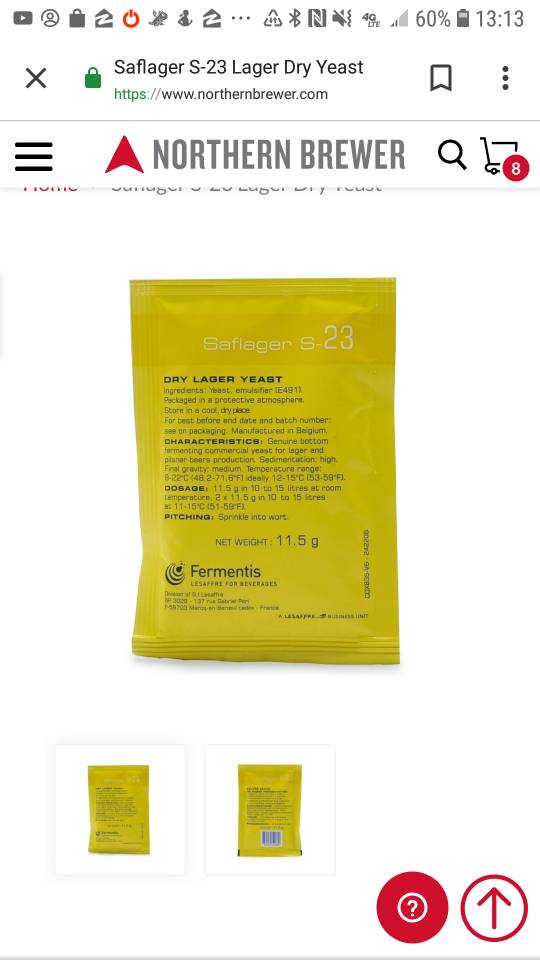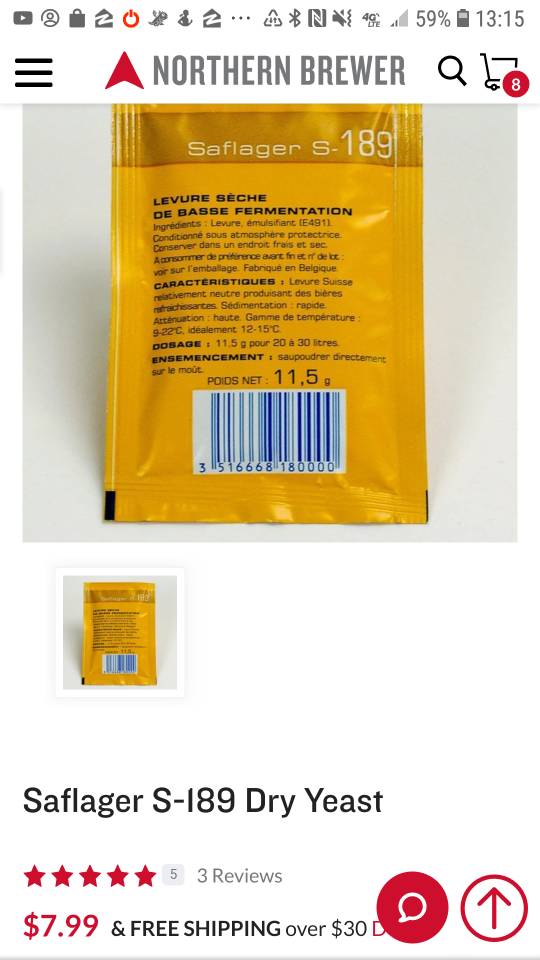But one still cold crashes at end of whatever cellar steps one is taking. The yeast drops and lagering period begins. A good lager will start to come into its own at around 3-4 weeks in cold lager mode, some get better and better for 6-10 weeks depending on complexity of beer. (;
Not ideally. A cold crash is common, but then you aren't benefiting from what the yeast can do during lagering. Ramping down to lager temp, like 5 degrees F a day or less, rather than cold crashing gives you better results (can you tell the difference? that's up to you). Why? ramp down from fermentation or D-rest (if you do one) allows them to adjust to the cooling temp and slow down rather than just get shocked and go dormant. Slow-moving, but still active yeast are a key part of classical lagering.
If you cold crash, you shock the yeast, and they go immediately dormant, fall out of suspension, and they don't do anything for you while you're lagering.
Most home brewers don't know this and they cold crash to get clarity faster, but a large part of what cleans up the beer in the lagering phase is the yeast, which go into a very slow metabolic state, but are still active to some degree, and THEY are what cleans up the fermentation byproducts in the beer and even help prevent oxidation during lagering.
This process is why traditional lagers are said to be "clean" tasting.
In lay terms, it is often said that yeast eat sugar, burp CO2 and piss alcohol. That's kinda true, but they also vomit, crap, and sit around in their own sweat and BO from all their work (in lay terms). This is where you get the other byproducts like diacetyl, acetaldehyde, sulfur, fruity esters, et cetera.
During lagering, the yeast have time to clean up their own messes, since they aren't working so hard at the easy stuff (eating and making alcohol). Those messes aren't always catastrophic, or even bad, but they're there.
If yo cold crash, all you are getting from that period is clarity, but not cleanup from the yeast.
Also, if you are going to take the time to do a proper long lagering period, don't add gelatin or any fining agents. That will drop the yeast out of suspension and, again, they will do nothing for you.
That is why there is a traditional lagering phase for German beers - it's not because they don't know how to get beer clear faster, it's because they know there are benefits beyond clarity.









